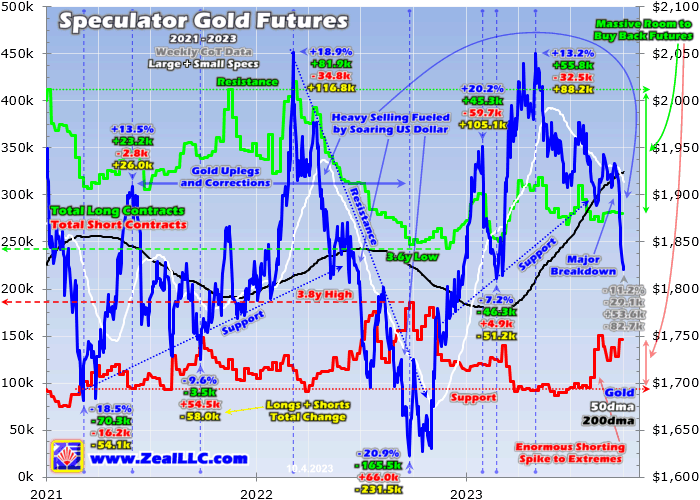Dollar benefits from safe-haven status as Middle East rages


Investing.com – The safe-haven U.S. dollar gained in early European trade Monday as the escalation of the conflict in the Middle East hit risk sentiment, following on from last week’s strong payrolls report.
At 03:00 ET (07:00 GMT), the Dollar Index, which tracks the greenback against a basket of six other currencies, traded 0.4% higher at 106.204.
Safe havens boosted by Middle East conflict escalation
The dollar was in demand Monday in the wake of the deadly attacks by militants from the Palestinian group Hamas on several Israeli towns over the weekend. In response, Israeli air strikes pounded numerous targets in Gaza, in the deadliest day of violence in the country for 50 years.
USD/JPY fell 0.1% to 149.16, as the yen also received support, but trading ranges were limited with Japan closed for a holiday.
By contrast, the Israeli shekel fell to an almost eight-year low against the U.S. dollar at 3.9230, prompting the Bank of Israel to announce it will sell up to $30 billion of foreign currency in the open market, in the central bank’s first ever sale of foreign exchange, to maintain stability.
The move appeared to quickly calm the market, with the USD/ILS pair falling back to 3.9063, up 1.8%.
CPI data could reinforce Fed’s hawkish tone
The greenback had benefited late last week by the release of stronger than expected payrolls data, with Friday’s release showing U.S. employment increased by the most in eight months in September.
Indications of a still tight labor market will put the focus even more on this week’s release of consumer inflation data for September, given hot inflation figures could reinforce the Fed’s message that interest rates need to remain higher for longer..
August’s CPI report showed the fastest increase in 14 months as the cost of gasoline surged, although core inflation, which excludes food and fuel costs rose at the slowest pace in nearly two years.
German industrial output falls again
EUR/USD fell 0.4% to 1.0541, with the single currency hit hard by the weakened risk sentiment in the wake of attacks on Israel.
Oil prices have jumped sharply in response, which has a negative impact on the single currency given Germany, the eurozone’s dominant economy, has a high exposure to energy costs.
Additionally, German industrial output shrank in August for the fourth consecutive month, dropping 0.2% compared to the previous month, slightly more than the 0.1% fall expected.
The statistics office revised July production data to a 0.6% decline month-on-month, compared with a provisional figure of a 0.8% drop.
Elsewhere, GBP/USD fell 0.5% to 1.2179, AUD/USD dropped 0.6% to 0.6345 and NZD/USD fell 0.4% to 0.5963, with these risk-sensitive currencies hit hard.












